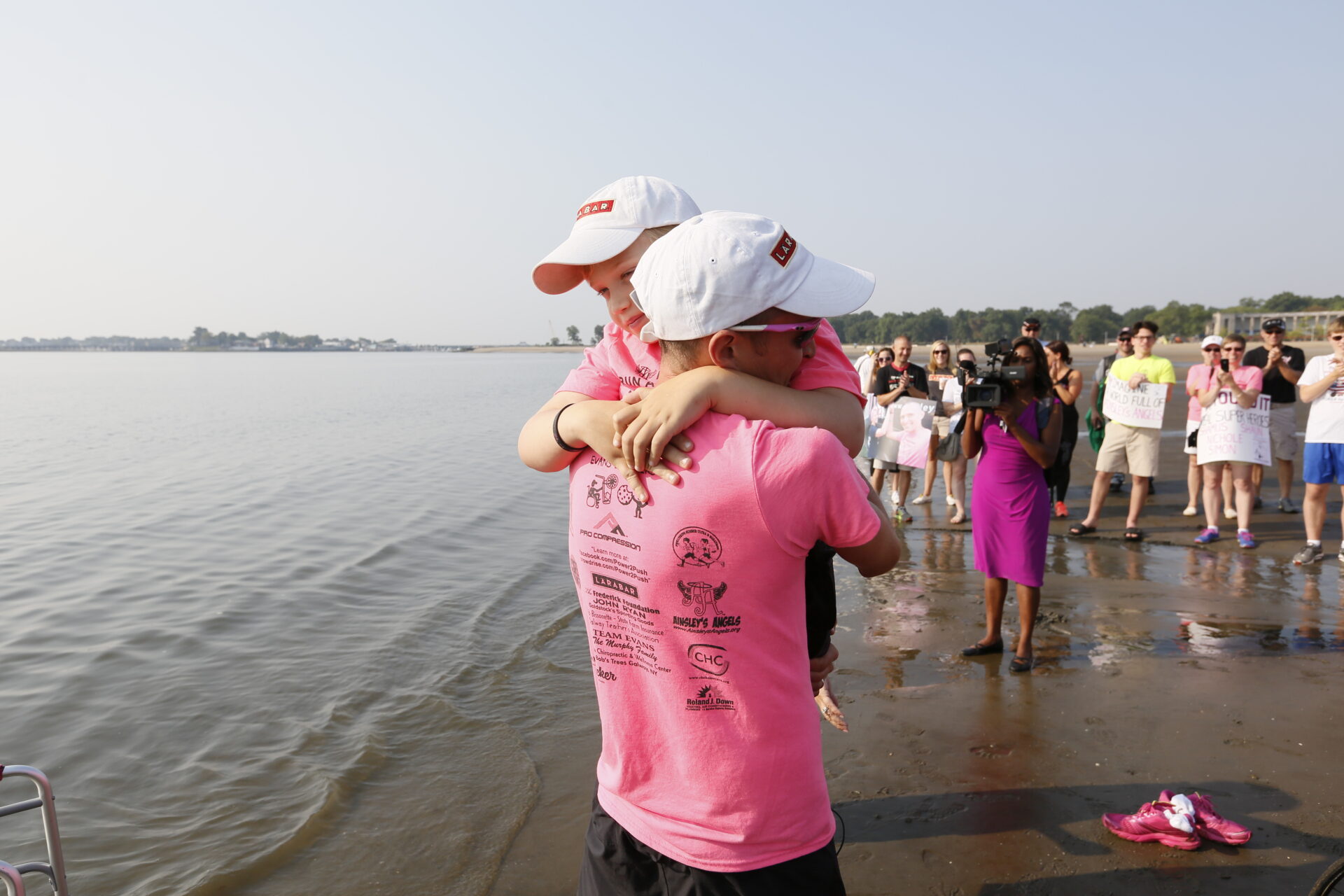Barriers to Inclusion
Last week’s post focused on what inclusion is, this post will focus on what things often prevent inclusion. In previous posts we have examined the environmental barriers that exist to allowing for inclusion. Many buildings simply aren’t built to promote accessibility for ALL. While many people often see this as an issue only with older buildings, the truth is, even newer construction is not always fully accessible or designed to accommodate. Doors without handicap accessible push buttons, door that swinging a direction preventing passage with wheels, door widths, placement of stairs and steps, elevated thresholds, etc are all areas that could be easily addressed when designing a building if only a person with expertise in accessibility were asked for guidance. (
While environmental barriers do pose a huge obstacle for inclusion, perhaps the bigger and more prevalent obstacle to inclusion is often attitudinal. Prejudice, discrimination, stereotype and stigma present extreme challenges for anyone who is “different”. The biggest challenge is providing the education to those who have a closed mindset. Perhaps the best, and maybe only, way to overcome a closed mindset is to have a more persistent and positive growth mindset. Overpower the pessimism with optimism. It is easier said than done because another barrier to inclusion is fear. Not only is it the fear of something/someone that is different, but it is also fear of change. In order for inclusion to exist we often have to overcome ideas that have sometimes been in place for years, decades, centuries or even longer. This is where we often encounter excuses. After the proposal for inclusion has been made we encounter obstacles such as “The changes will cost too much. Where will we get the funding?”, “We will need special training for staff/employees…we don’t have any time for additional training”, “There are no policies or guidelines to follow and I don’t know how to include ‘them’”, “What will the rest of the group (students, co-workers, etc) do as we try to include ‘them’?”, and on and on and on.
When something is new or different, a natural reaction is fear of the unknown that progresses into excuses/reasoning as to why we should not proceed with the change. In reality, the best answer is to face the fear and proceed with inclusion. At first there may be (probably WILL be) challenges, but by pushing toward inclusion rather than shying away we can be provided with incredible new perspective. In our own family we encountered a microcosm of this when Shamus developed the idea of our family wanting to run across the USA. In this case, the inclusion was Shay wanting to accomplish something he believed possible, a combination of him seeing a boy “cartwheel across America” on TV, and having vaguely known that I had read a book about a 1928 run across America (and after I read it had no desire to ever attempt it). The inclusion didn’t necessarily have anything to do with him having physical limitations. He wanted to be included in an effort to do something BIG. Nichole and I initially discounted his idea. At first we thought his dream would quickly pass. It did not. True to form, we then began to make excuses. “It will cost too much…I can’t take that kind of time off from work….We aren’t sure if it is physically feasible…” excuse after excuse. We were happy with our status quo, but Shamus believed, and persisted and wanted to be a part of something more. Eventually he sold us on the idea. Still terrified, we proceeded with planning and fundraising and a short time later we joined forces with Ainsley’s Angels and the power of positivity allowed not only Shamus to achieve his goal, but also brought inclusion to cities along the way. Persistence and optimism and team work and hard work and simply moving forward one step at a time paid off as Shamus propelled a mission of love and inclusion across the nation. As we aim to continue to spread inclusion, we know there will be obstacles, barriers, and naysayers, but through persistence, positivity, education and unity we will continue to make strides toward inclusion for all. Together, We shall!

